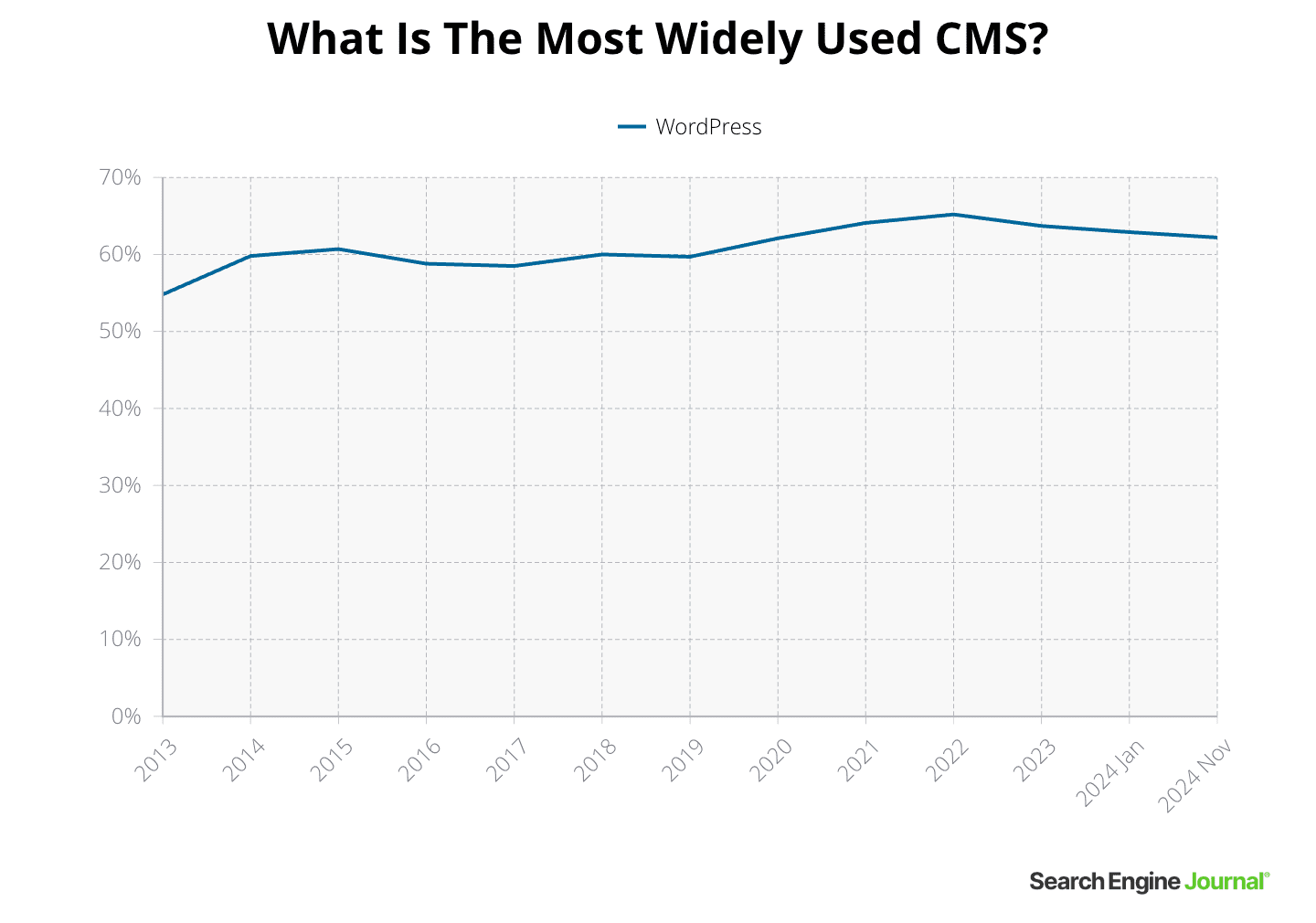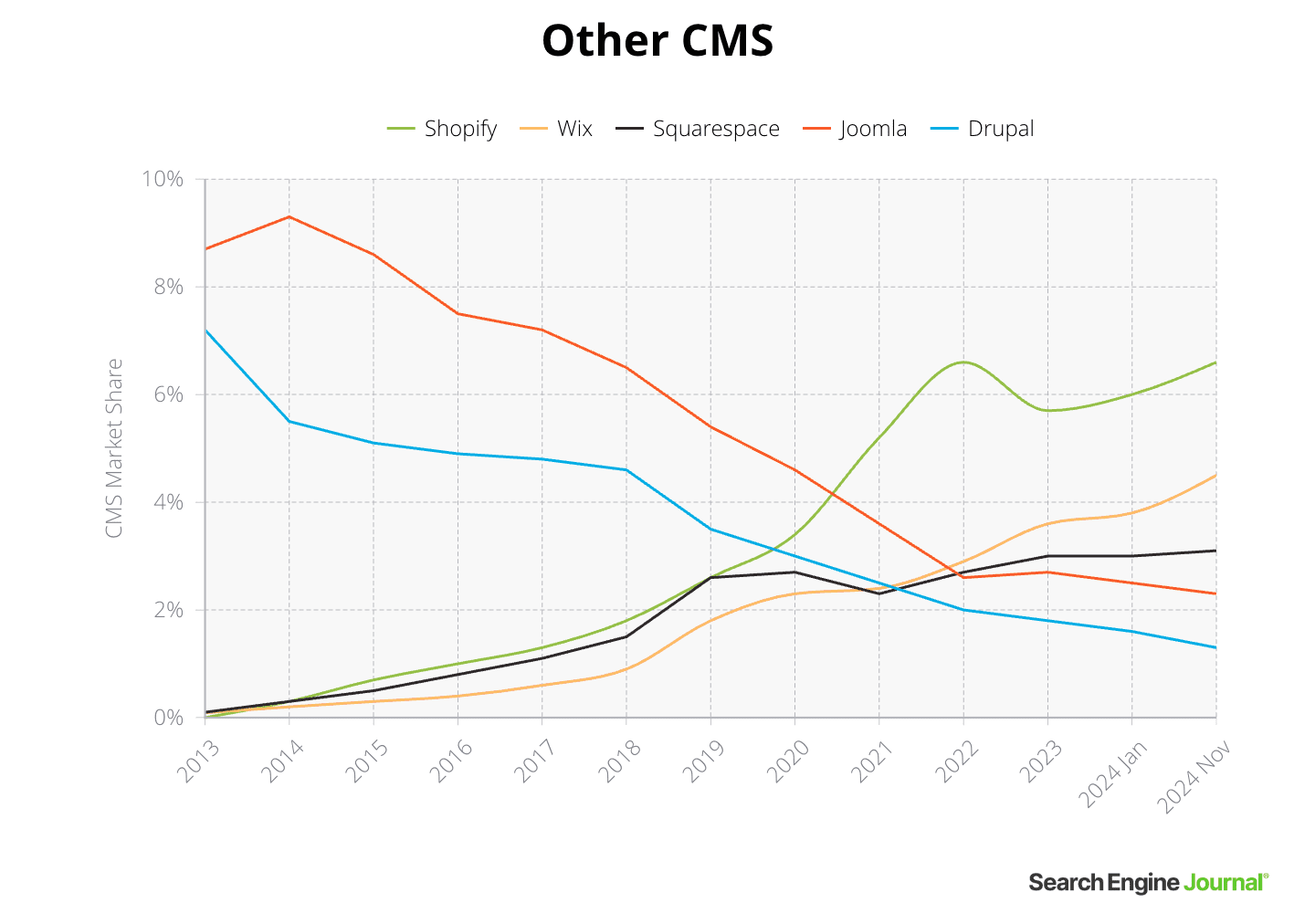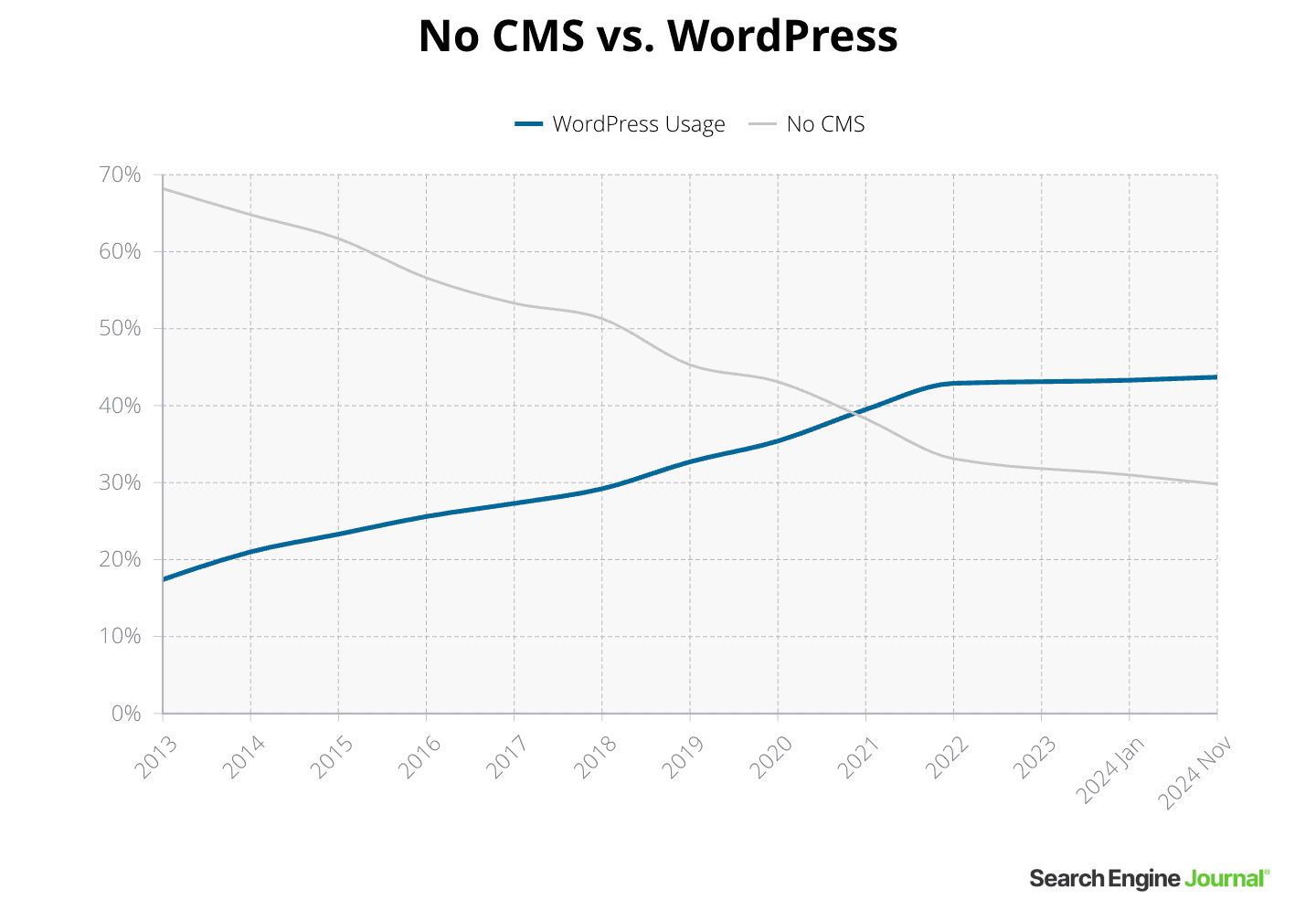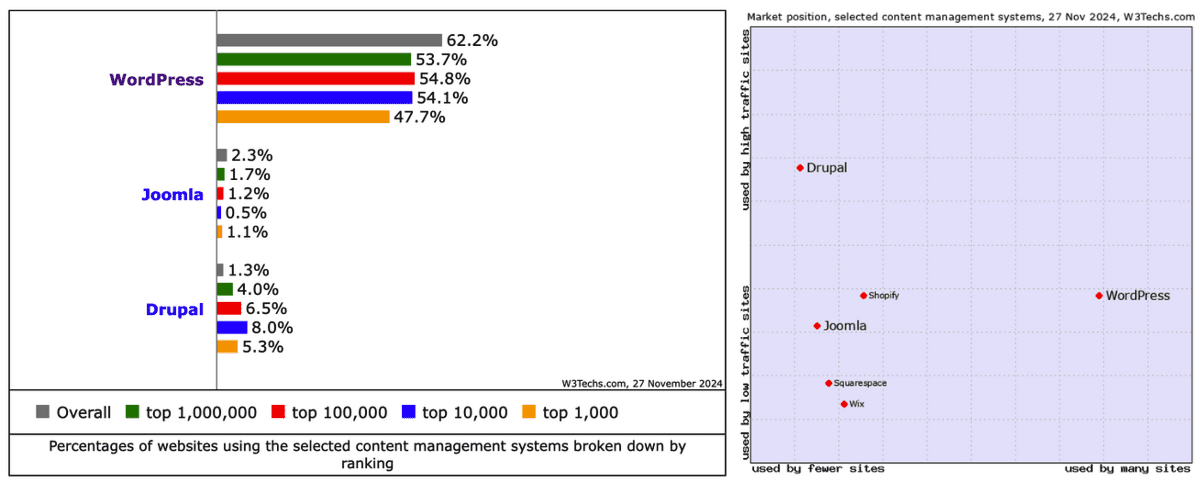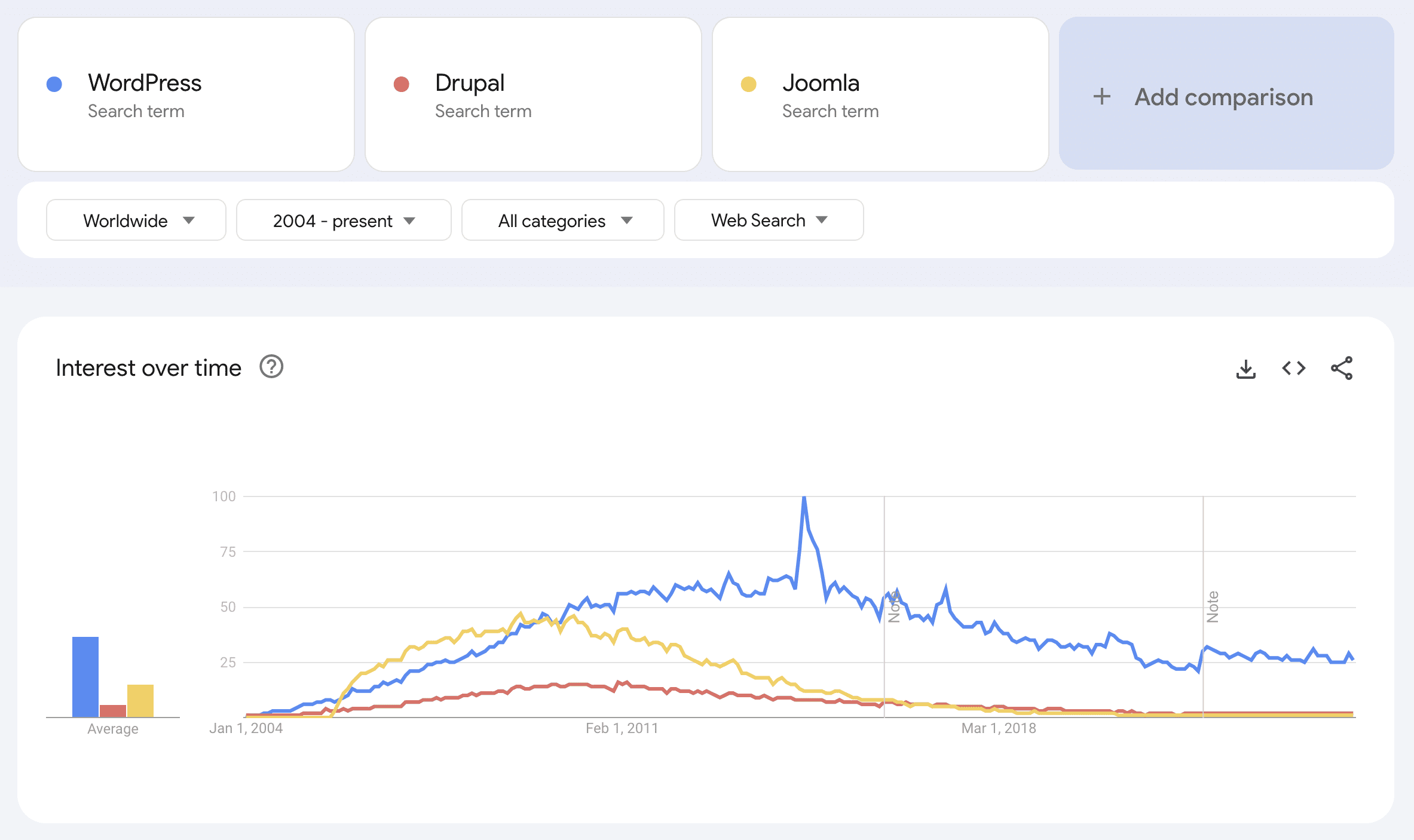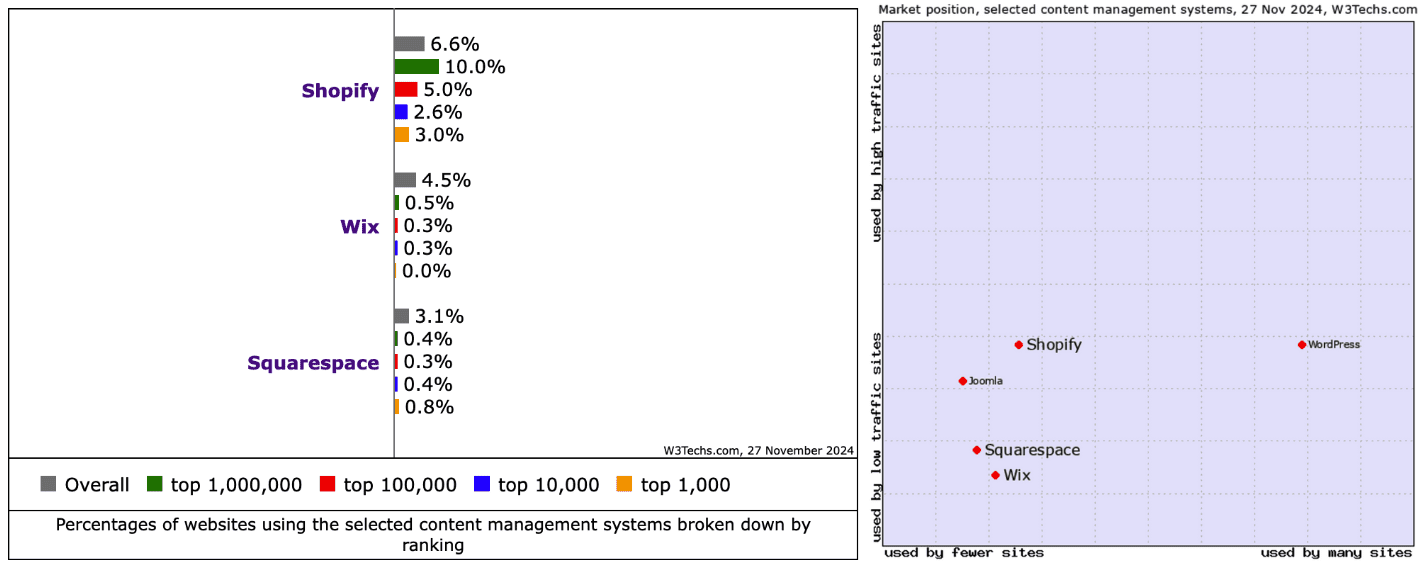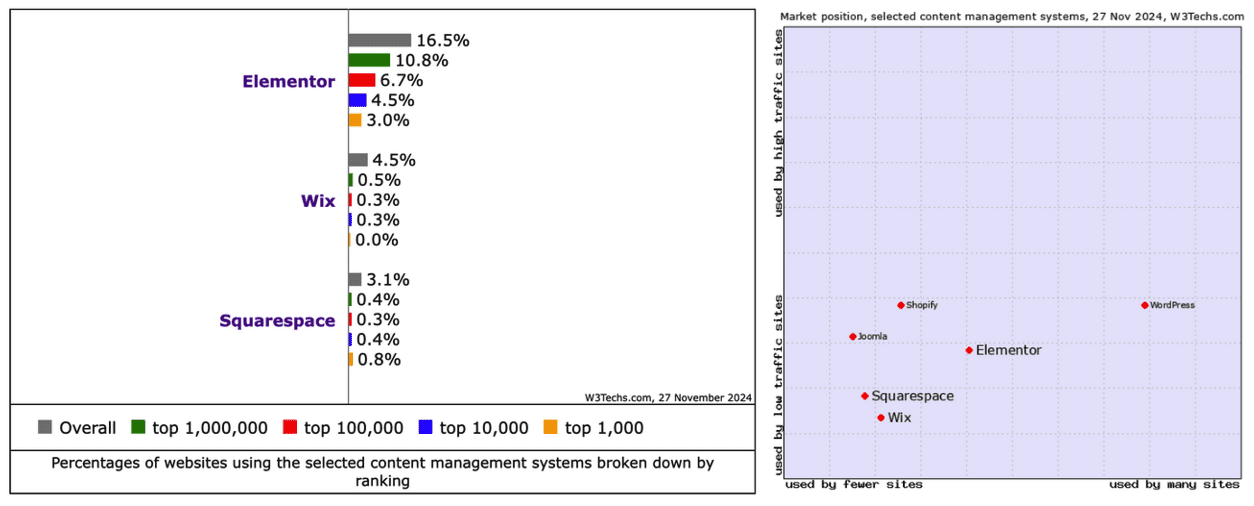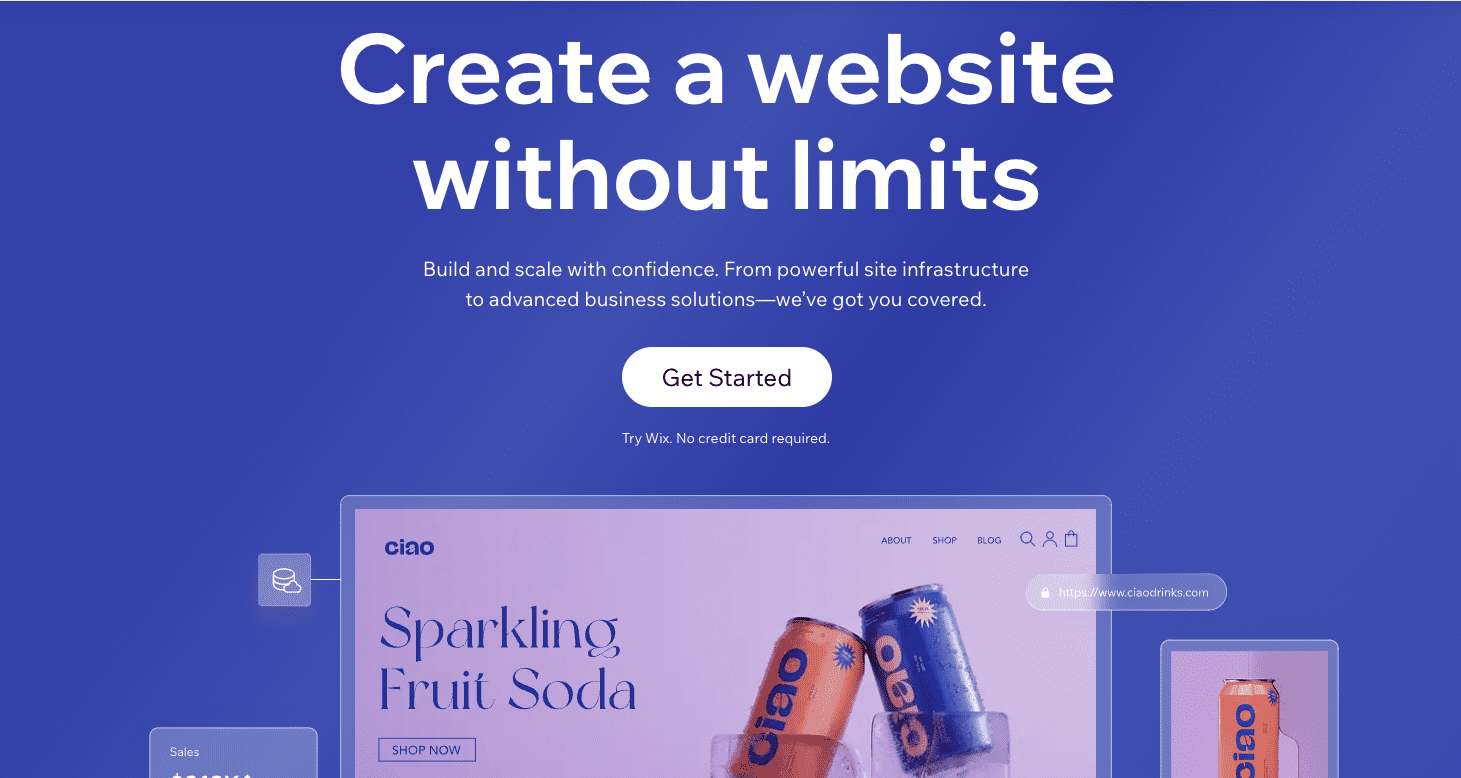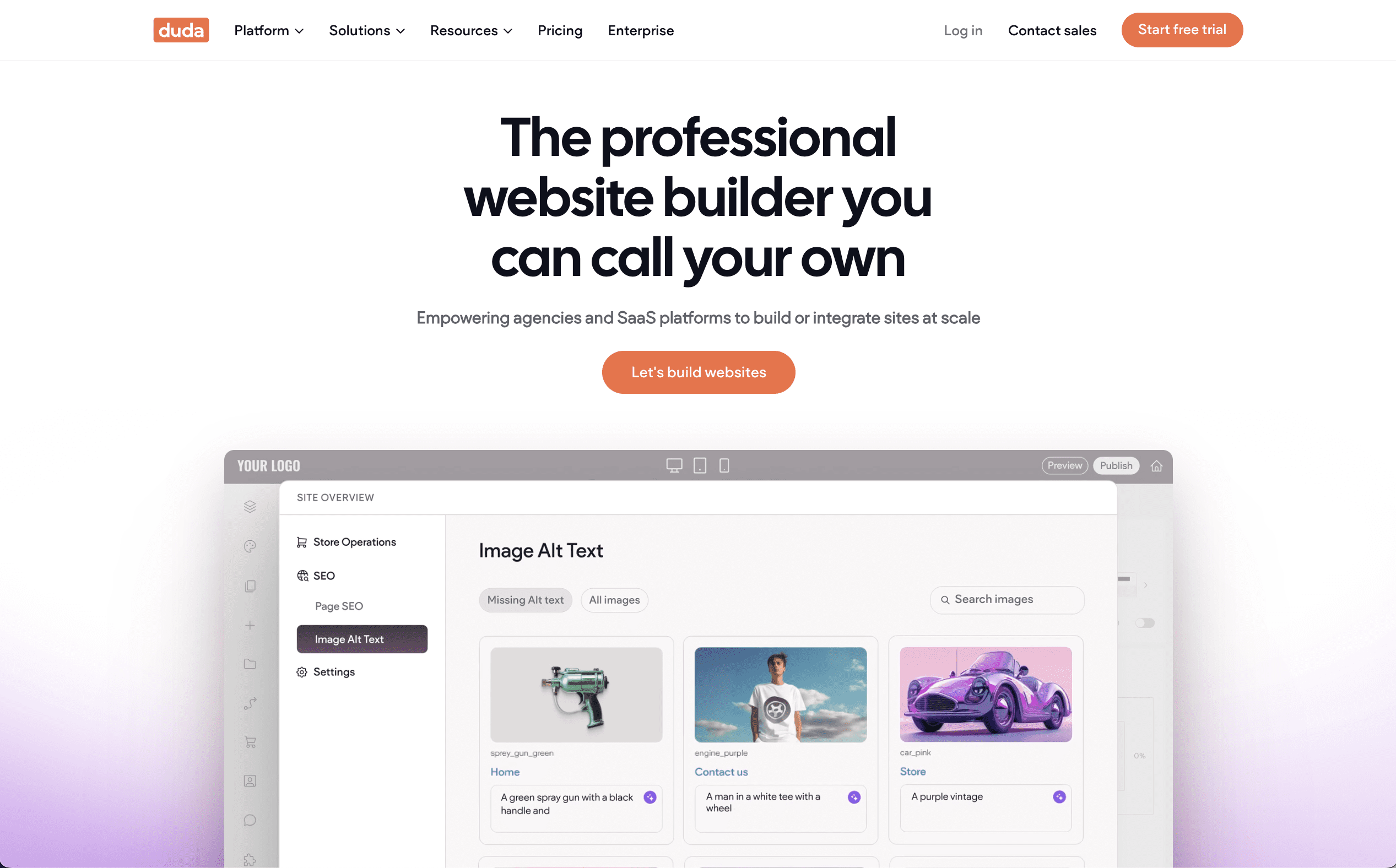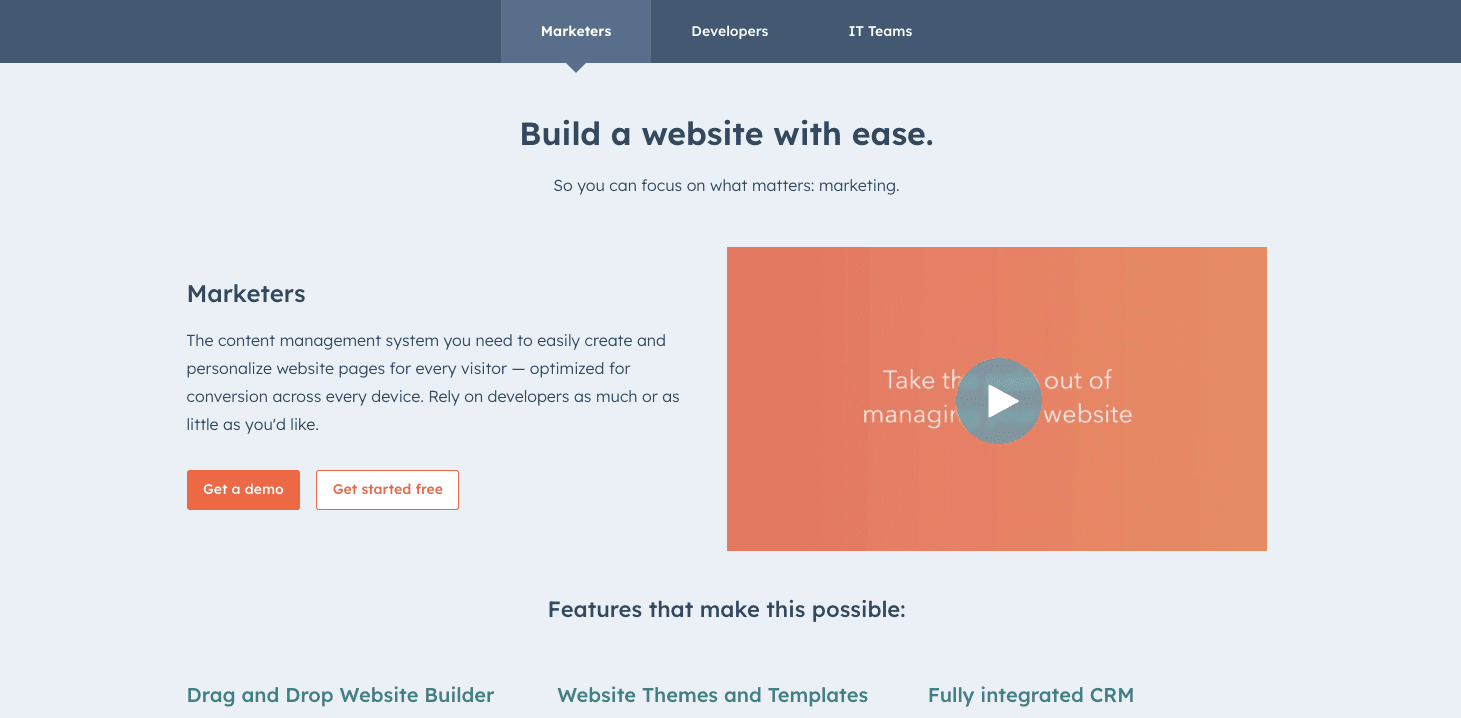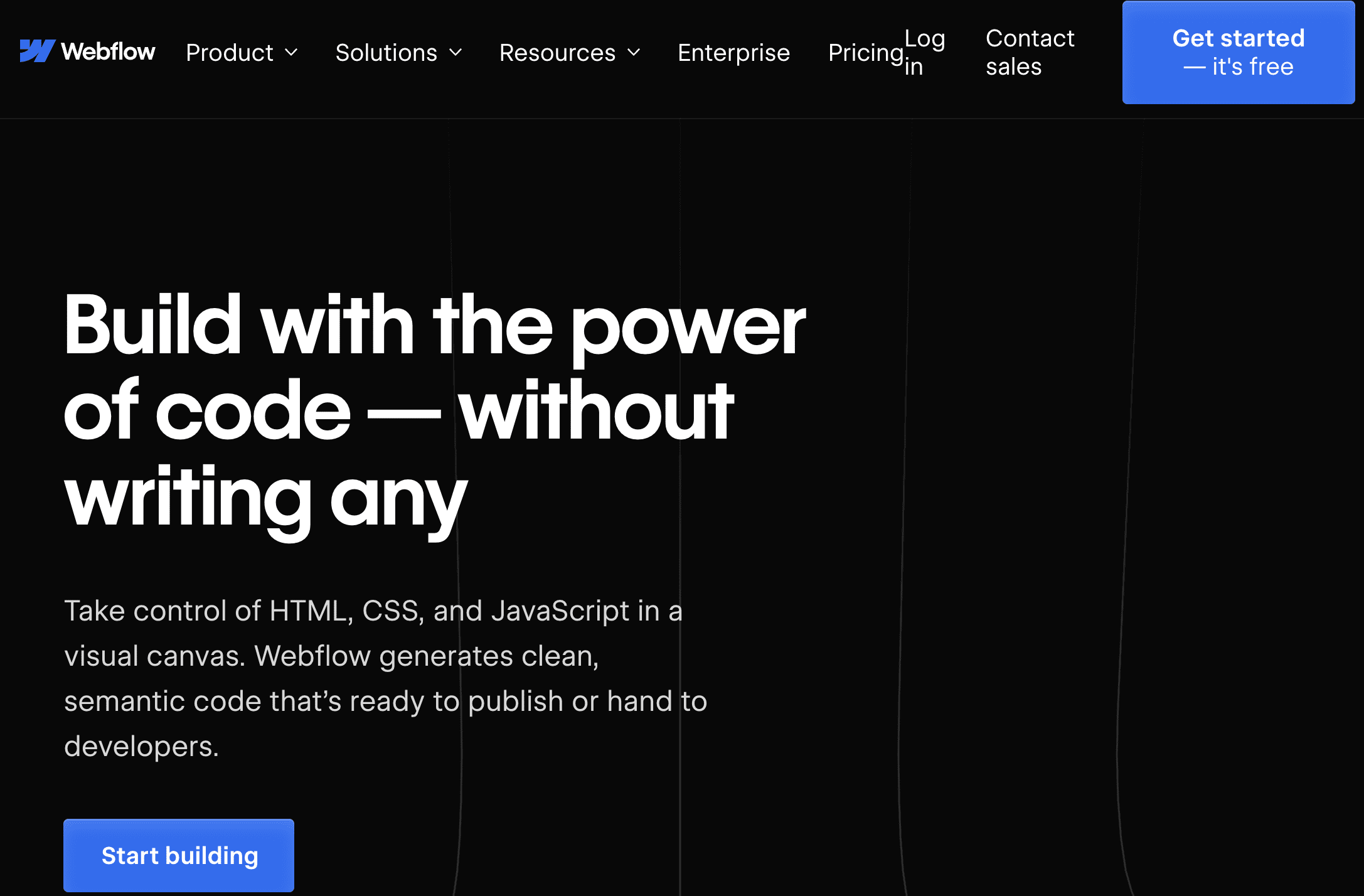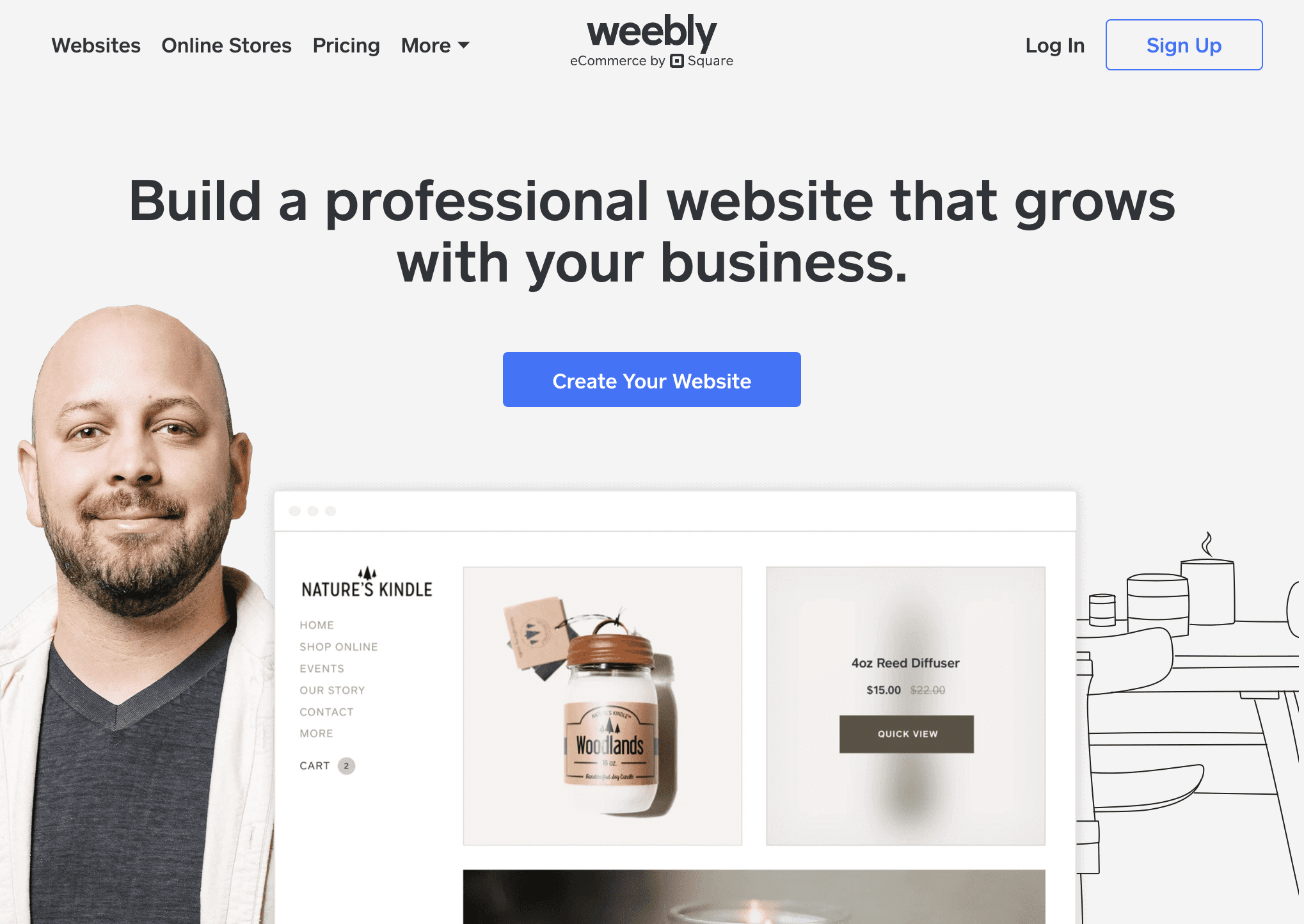10 Hosting Trends Agencies Should Watch In 2025

This post was sponsored by Bluehost. The opinions expressed in this article are the sponsor’s own.
Which hosting service is best for agencies?
How do I uncover what will be best for my clients in 2025?
What features should my hosting service have in 2025?
Hosting has evolved well beyond keeping websites online.
Hosting providers must align their services to meet clients’ technological needs and keep up with constantly changing technological advances.
Today, quality hosting companies must focus on speed, security, and scalability. Staying ahead of hosting trends is critical to maintaining competitive offerings, optimizing workflows, and meeting client demands.
So, what should you watch for in 2025?
The next 12 months promise significant shifts in hosting technologies, with advancements in AI, automation, security, and sustainability leading the way.
Understanding and leveraging these trends enables agencies and professionals to provide better client experiences, streamline operations, and reduce the negative effects of future industry changes.
Trend 1: Enhanced AI & Automation Implemented In Hosting
AI and automation are already transforming hosting, making it smarter and more efficient for service providers, agencies, brands, and end-point customers alike.
Hosting providers now leverage AI to optimize server performance, predict maintenance needs, and even supplement customer support with AI-driven features like chatbots.
As a result, automating routine tasks such as backups, updates, and resource scaling reduces downtime and the need for manual intervention. These innovations are game-changing for those managing multiple client sites and will become increasingly important in 2025.
It only makes sense.
Automated systems free up valuable time, allowing you more time to focus on strategic growth instead of tedious maintenance tasks. AI-powered insights can also identify performance bottlenecks, enabling you to address issues before they impact your website or those of your clients.
Agencies that adopt these technologies this year will not only deliver exceptional service but also be able to position themselves as forward-thinking.
Bluehost embraces automation with features like automated backups, one-click updates, and a centralized dashboard for easy site management. These tools streamline workflows, enabling agencies and professionals to manage multiple sites with minimal effort while ensuring optimal performance.
Trend 2: Multi-Cloud & Hybrid Cloud Solutions Are Now Essential
In 2025, as businesses demand more flexibility and reliability from their online infrastructure, multi-cloud and hybrid cloud solutions will become essential in the hosting world.
These approaches offer the best of both worlds:
- The ability to leverage multiple cloud providers for redundancy and performance.
- The option to combine public and private cloud environments for greater control and customization.
For agencies managing diverse client needs, multi-cloud and hybrid cloud strategies provide the scalability and adaptability required to meet modern demands. Multi-cloud solutions allow agencies to distribute their clients’ workloads across multiple cloud providers, ensuring that no single point of failure disrupts their operations.
This feature is particularly valuable for agencies with high-traffic websites, where downtime or slow performance can have a significant impact on revenue and user experience. Hybrid cloud solutions, on the other hand, let agencies blend the scalability of public clouds with the security and control of private cloud environments.
This service is ideal for clients with sensitive data or compliance requirements, such as ecommerce or healthcare businesses.
Bluehost Cloud provides scalable infrastructure and tools that enable agencies to customize hosting solutions to fit their clients’ unique requirements. Our cloud hosting solution’s elastic architecture ensures that websites can handle sudden traffic spikes without compromising speed or reliability.
Additionally, our intuitive management dashboard allows agencies to easily monitor and allocate resources across their client portfolio, making it simple to implement tailored solutions for varying workloads.
By adopting multi-cloud and hybrid cloud strategies, agencies can offer their clients enhanced performance, improved redundancy, and greater control over their hosting environments.
With our scalable solutions and robust toolset, agencies can confidently deliver hosting that grows with their clients’ businesses while maintaining consistent quality and reliability. This flexibility not only meets today’s hosting demands but also helps position your agency for long-term success in a rapidly evolving digital landscape.
Trend 3: Edge Computing & CDNs Replace AMP For Improving Website Speed
As online audiences grow, the demand for faster, more responsive websites has never been higher. Edge computing and Content Delivery Networks (CDNs) are at the forefront of this evolution, enabling websites to reduce latency significantly. For agencies managing clients with diverse and international audiences, these technologies are crucial for improving user experience and ensuring website performance remains competitive.
Edge computing brings data processing closer to the end user by leveraging servers located at the “edge” of a network, reducing the time it takes for information to travel.
Combined with CDNs that cache website content on servers worldwide, these technologies ensure faster load times, smoother navigation, and better performance metrics.
These features are especially beneficial for media-heavy or high-traffic websites, where even a slight delay can impact engagement and conversions.
Bluehost integrates with leading CDN solutions to deliver content quickly and efficiently to users across the globe. By leveraging a CDN, Bluehost ensures that websites load faster regardless of a visitor’s location, enhancing user experience and SEO performance.
This integration simplifies the optimization of site speed for agencies with multiple clients. By adopting edge computing and CDN technology, you can help your clients achieve faster load times, improved site stability, and higher customer satisfaction.
Bluehost’s seamless CDN integration enables you to deliver a hosting solution that meets the expectations of a modern, global audience while building trust and loyalty with your clients.
Trend 4: Core Web Vitals & SEO Hosting Features Make Or Break Websites
Core Web Vitals play an important role in today’s SEO, as Google is increasingly emphasizing website performance and user experience in its ranking algorithms. Today, loading speed, interactivity, and visual stability impact a site’s ability to rank well in search results and keep visitors engaged.
That means optimizing Core Web Vitals isn’t just an SEO task for agencies managing client websites. Fast load times and responsive design are critical parts of delivering a high-quality digital experience. For example, metrics like Largest Contentful Paint (LCP), which measures how quickly a page’s main content loads, depend heavily on hosting infrastructure.
Agencies need hosting solutions optimized for these metrics to ensure their clients’ sites stay competitive in the SERPs.
Bluehost offers a WordPress-optimized hosting environment with features specifically designed to improve load times and server response speeds. From advanced caching technology to robust server architecture, Bluehost ensures that sites meet Core Web Vitals standards with ease.
Additionally, our hosting solutions include tools for monitoring site performance, allowing agencies to proactively address any issues that could impact rankings or user experience.
By prioritizing Core Web Vitals and leveraging SEO-focused hosting features, agencies can enhance their clients’ visibility, engagement, and overall online success. With Bluehost’s optimized hosting solutions, you’ll have the tools and infrastructure needed to deliver fast, stable, and high-performing websites that delight users and search engines.
Trend 5: Sustainable Hosting Practices Help Reduce Energy Consumption
Sustainability is no longer just a buzzword. It’s a key consideration for businesses and agencies alike. As 2025 progresses, more clients will prioritize environmentally conscious practices, and hosting providers will step up to offer greener solutions, such as energy-efficient data centers and carbon offset programs.
Migrating to a sustainable hosting provider not only supports client values but also demonstrates a commitment to responsible business practices, which will resonate more with consumers in 2025 than ever before.
Efficient hosting practices reduce energy consumption and create a more sustainable digital ecosystem. It will also allow you to help clients meet their environmental goals without compromising on performance.
These benefits are especially valuable for clients with higher energy and performance demands, such as those in ecommerce, media-heavy, or high-traffic industries.
Bluehost has long been recognized as a trusted hosting provider that operates with efficiency in mind.
Our robust, energy-efficient infrastructure already aligns with the sustainability goals of environmentally conscious clients.
In addition, our long-standing reputation, proven history with WordPress, and demonstrable reliability enhance your clients’ sustainability objectives, ensuring they can operate responsibly and confidently.
By choosing sustainable hosting practices and partners like Bluehost, you can contribute to a greener digital future while reinforcing your clients’ environmental commitments and strengthening client relationships by aligning with their values.
Trend 6: Security Must Be A Core Offering
Security is a non-negotiable priority for any website. Cyber threats like data breaches, malware, and DDoS attacks are on the rise, and the consequences of a breach, including lost revenue, damaged reputations, and potential legal issues, can devastate clients. As a result, offering secure hosting solutions with proactive security measures is essential to safeguarding clients’ businesses and building trust.
These key features include SSL certificates, which protect sensitive data while boosting SEO rankings and user trust, and regular malware scans to prevent vulnerabilities.
They should also include automated backups that enable quick restoration in the event of a crash or attack and provide comprehensive protection and peace of mind. Essential security features are standard in Bluehost hosting plans, including SSL certificates, daily automated backups, and proactive malware scanning.
These built-in tools eliminate the need for additional solutions, added complexity, or costs. For agencies, our security features reduce risks for your clients and provide peace of mind.
By choosing a hosting provider like Bluehost, you can prioritize client security, reinforce client trust, and minimize emergencies, allowing you to avoid spending time and resources addressing threats or repairing damage.
In short, by partnering with Bluehost, security becomes a core part of your agency’s value proposition.
Trend 7: Hosting Optimized For AI & Machine Learning Is Key To High Visibility On SERPs
As artificial intelligence and machine learning become increasingly integrated with websites and applications in 2025, hosting providers must keep pace with the increasing demands these technologies place on infrastructure.
AI-driven tools like chatbots, recommendation engines, and predictive analytics require significant computational power and seamless data processing.
AI and machine learning applications often involve handling large datasets, running resource-intensive algorithms, and maintaining real-time responsiveness. Hosting optimized for these needs ensures that websites can perform reliably under heavy workloads, reducing latency and downtime and delivering consistent performance.
If you plan to be successful, you’ll also require scalable scalable hosting solutions. These solutions allow resources to expand dynamically with demand, accommodate growth, and handle traffic surges.
Bluehost’s scalable hosting is built to support advanced tools and applications, making it an ideal choice for agencies working on AI-driven projects. Our robust infrastructure delivers consistent performance, and flexibility allows you to scale easily as your client’s needs evolve. By leveraging Bluehost, agencies can confidently deliver AI-integrated websites that meet modern performance demands.
Trend 8: Managed Hosting Helps You Focus More On Profits
In 2025, websites will become increasingly complex. Businesses will require higher performance and reliability, and everyone will be looking to operate as lean and efficiently as possible. These trends mean managed hosting will become the go-to solution for agencies and their clients.
Managed hosting shifts time-intensive technical maintenance away from agencies and business owners by including features such as automatic updates, performance monitoring, and enhanced security. In short, managed hosting enables you to simplify workflows, save time, and deliver consistent quality to your clients.
These hosting services are particularly valuable for WordPress websites, where regular updates, plugin compatibility checks, and security enhancements occur frequently but are essential to maintaining optimal performance.
Managed hosting also typically includes tools like staging environments, which allow agencies to test changes and updates without risking disruptions to live sites and ensure you can deliver a seamless experience to clients.
Bluehost offers managed WordPress hosting that includes automatic updates, staging environments, and 24/7 expert support. These features allow you to handle technical details efficiently while focusing on delivering results for your clients without added stress or time.
Trend 9: The Shift Toward Decentralized Hosting Boosts Your Brand’s Longevity
In 2025, expect to see decentralized hosting gain attention as a futuristic approach to web hosting. Like Bitcoin and similar advancements, the technology leverages blockchain technology and peer-to-peer networks to create hosting environments that prioritize privacy, resilience, and independence from centralized control.
While this model appears to provide exciting new opportunities, it’s still in the early stages. It faces challenges in scalability, user-friendliness, and widespread adoption, which agencies can’t typically rely on for client sites.
Decentralized hosting may become a viable option for specific use cases, such as privacy-focused projects or highly distributed systems. However, centralized hosting providers still offer the best balance of reliability, scalability, and accessibility for most businesses and agencies today.
For these reasons, agencies managing client websites will continue to focus on proven, reliable hosting solutions that deliver consistent performance and robust support.
So, while decentralized hosting may gain traction this year, Bluehost will continue to provide a trustworthy hosting environment designed to meet the needs of modern websites. With a strong emphasis on reliability, scalability, and user-friendly management tools, we offer a proven solution agencies can depend on to deliver exceptional client results.
Trend 10: Scalable Hosting For High-Growth Websites Is Key For Growth
As businesses grow, their websites will experience increasing traffic and resource demands. High-growth websites, such as e-commerce platforms, content-heavy blogs, or viral marketing campaigns, require hosting solutions that can scale instantly. And scalable hosting is critical to delivering consistent user experiences and avoiding downtime during peak periods.
Scalable hosting like Bluehost ensures your clients’ websites can easily adjust resources like bandwidth, storage, and processing power to meet fluctuating demands. Our scalable hosting solutions are designed for high-growth websites. Our unmetered bandwidth and infrastructure were built to handle traffic surges, ensuring websites remain fast and accessible.
These features make us the ideal choice for agencies looking to future-proof their clients’ hosting needs.
As the digital landscape continues to evolve in 2025, keeping up with the latest trends in hosting is essential for agencies to provide top-tier service, drive client satisfaction, and maintain a competitive edge. From AI and automation to scalability and security, the future of hosting demands flexible, efficient solutions tailored to modern needs.
By understanding and leveraging these trends, you can position your agency as a trusted partner and deliver exceptional results to your clients, whether by adopting managed hosting or integrating CDNs.
Bluehost hosting will meet today’s demands while helping to prepare agencies like yours for tomorrow. With features like 100% uptime guaranteed through our Service Level Agreement (SLA), 24/7 priority support, and built-in tools like SSL certificates, automated backups, and advanced caching, Bluehost offers a robust and reliable hosting environment.
Additionally, Bluehost Cloud makes switching easy and cost-effective with $0 migration costs and credit for remaining contracts, giving you the flexibility to transition seamlessly without the high cost.
Take your agency’s hosting strategy to the next level with Bluehost. Discover how our comprehensive hosting solutions can support your growth, enhance client satisfaction, and keep your business ahead of the curve.
Image Credits
Featured Image: Image by Bluehost. Used with permission.

